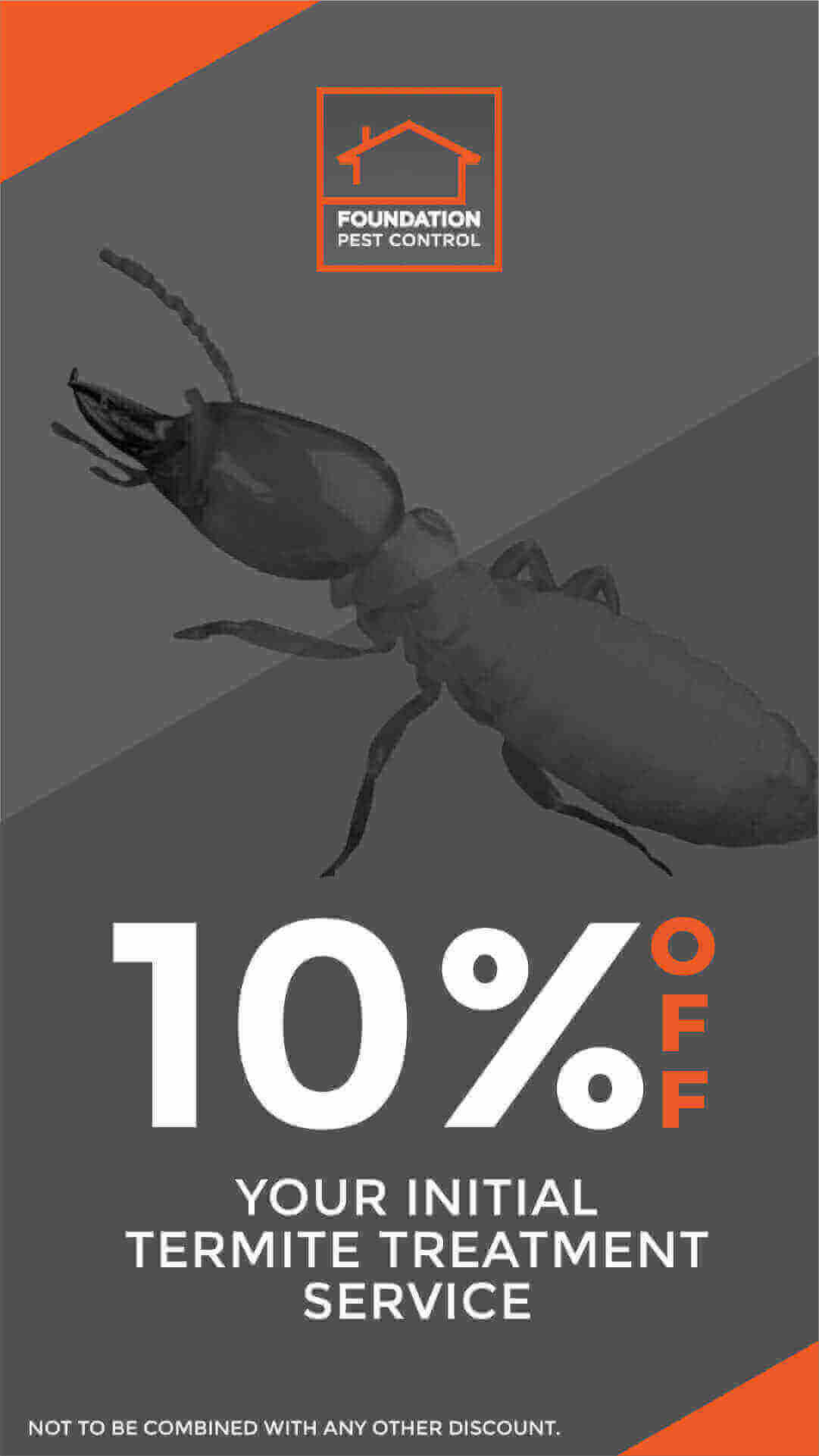Roof Rats

Foundation Pest Control offers expert pest management solutions for homes and businesses in Memphis and surrounding areas. Serving our community with eco-friendly treatments, we ensure a pest-free environment using advanced technology and personalized service. Trust us for efficient, reliable pest control in Memphis, Arlington, Lakeland, Germantown, and Collierville.
Roof Rat Info
Roof rats are a type of rodent that tends to live in attics and roof spaces. They cause damage to insulation, wiring, and other items they come in contact with while also posing a health risk due to their ability to spread diseases such as Salmonella or Leptospirosis. If you think you have an infestation it’s important for you to act quickly! Our team of experienced technicians can help identify the source of your problem and provide a comprehensive treatment plan tailored just for your situation.
